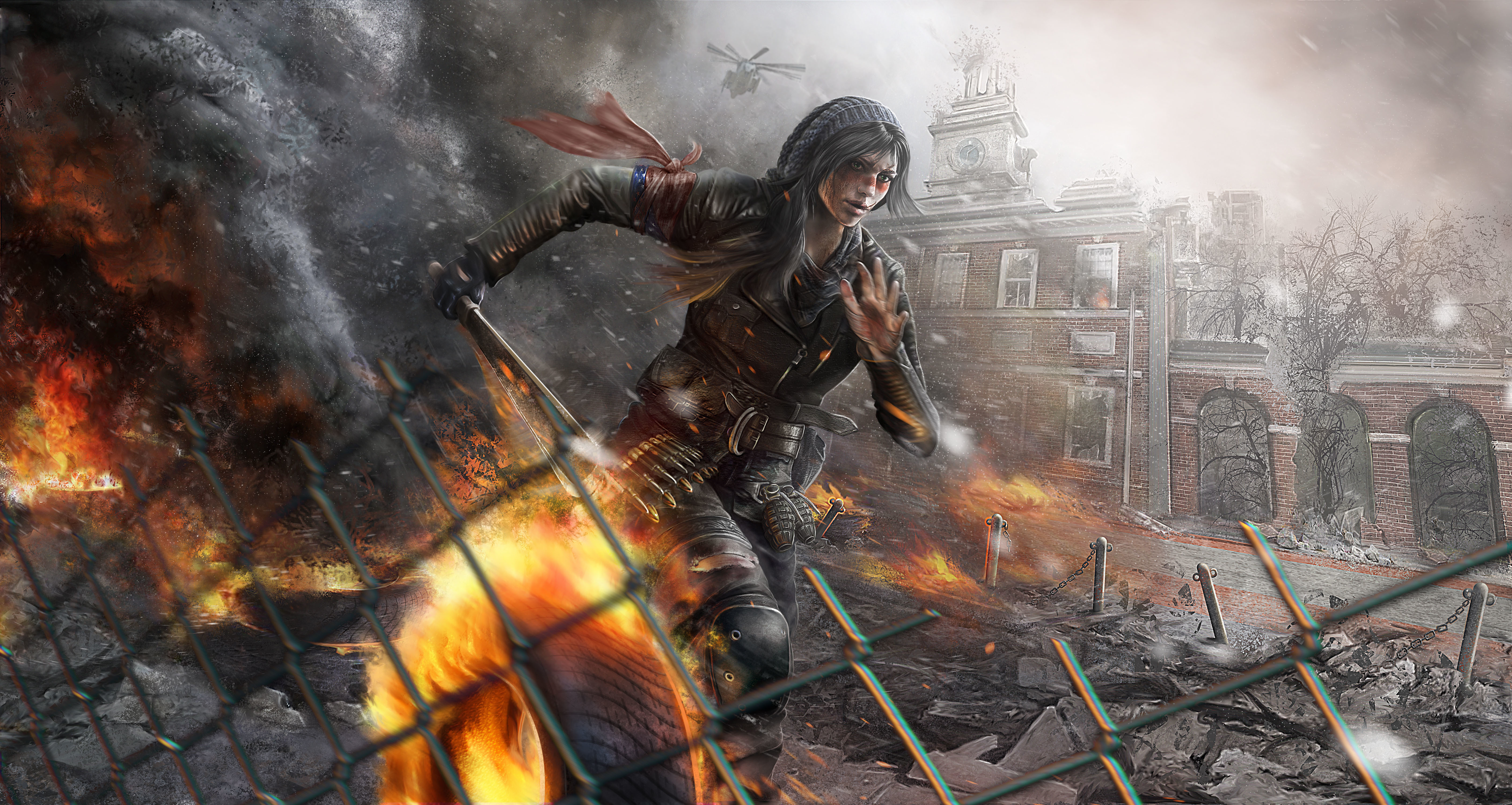


The good news is that blowing up military police stations isn’t inherently awful it's just extremely repetitive. There are no meaningful decisions to make, which makes me wonder why they didn’t give the main character his own voice if his path is set in stone. While there are plenty of discussions meant to make us ponder the fine line between freedom fighter and terrorist, any weight these moments might have had is lost when our boring, mute protagonist silently nods and blindly agrees to blow up the next power station, drone factory or whatever else the Resistance points you at. Classic eye-rolling moments like “Tertiary Character Gets Bonus Emotional Investment Upon Death” or “Curse Your Sudden-But-Inevitable Betrayal!” are presented by a cast of characters who spend all their time yelling over one another with groan-worthy one-liners. There were several times that I hoped I might be surprised by an interesting reveal, but alas I was merely treated to yet another facepalm-inducing "twist". The story of Homefront: The Revolution is nothing more than a string of forgettable mission objectives sewn together with cliches pulled from the Big Book of Military Shooter Tropes. It’s a shame that such a well-crafted world is squandered on such a ponderous and uninspired plot. While on a technical level the graphics may be underwhelming, the streets of Philadelphia feel world-weary and lived-in. Ashcroft, on the other hand, is where the American KPA collaborators reside, and the alleyways between brownstones are always alive with resentful chatter from the rest of the downtrodden population. It’s dirty, the people seem miserable, and it must smell awful. Earlston, which you visit early on, feels like little more than a glorified refugee camp. “The populated Yellow Zones, however, are much more diverse and each tells its own story.


 0 kommentar(er)
0 kommentar(er)
